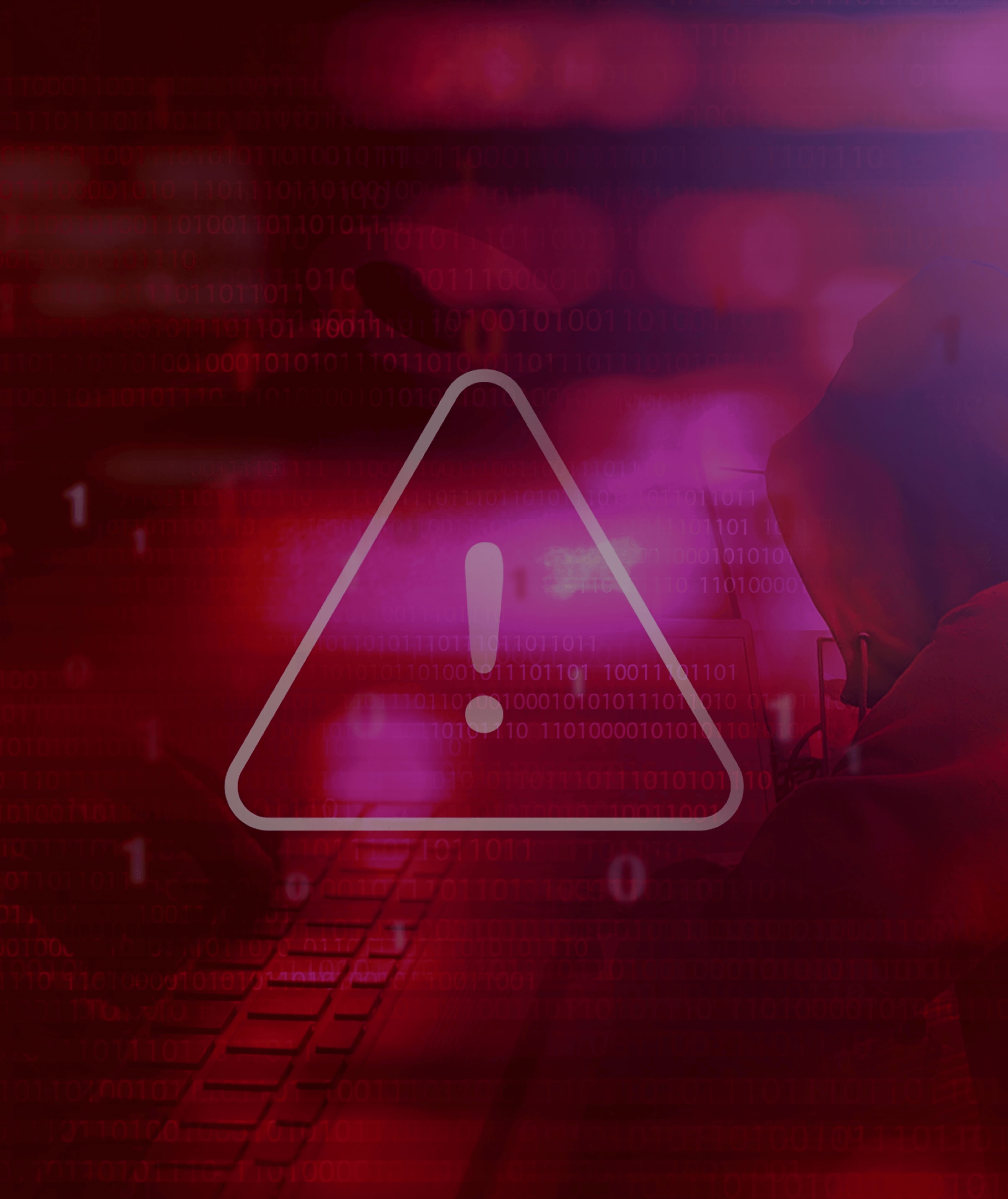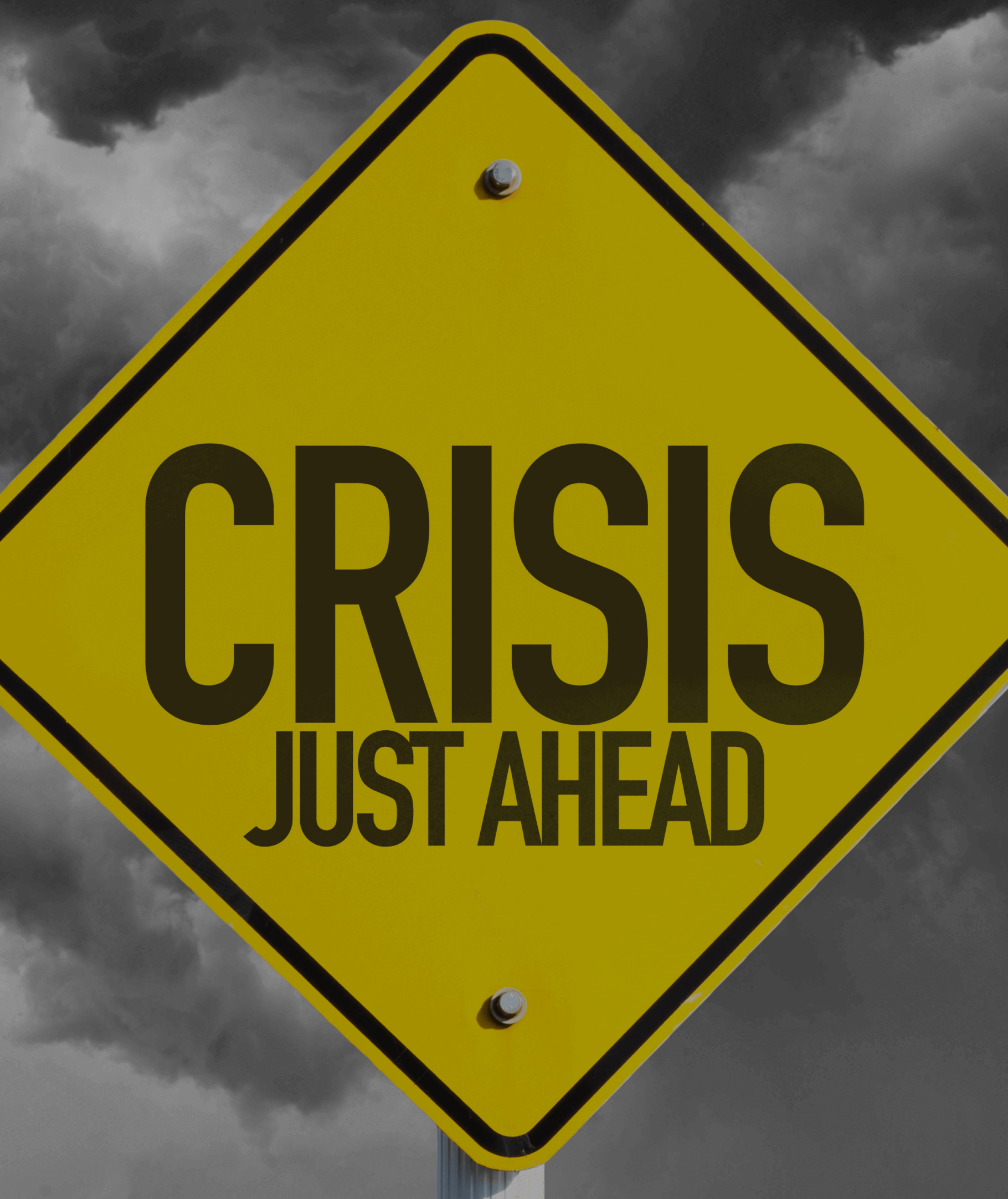
Embracing an Intelligent & Agile Risk Management Framework
In today's fast-paced and ever-changing business environment, risk management has become an essential part of any successful organization's strategy. An intelligent and agile risk management framework can help organizations identify potential risks and take proactive measures to mitigate them. Embracing such a framework can help organizations improve their decision-making abilities and maintain a competitive advantage. In this article, we will discuss the benefits of embracing an intelligent and agile risk management framework and how organizations can implement it.
What is an intelligent and agile risk management framework?
An intelligent and agile risk management framework is a structured approach that organizations can use to identify, assess, and mitigate risks effectively. It is a dynamic framework that can adapt to changing business environments and help organizations make informed decisions. An intelligent and agile risk management framework involves identifying potential risks, assessing their impact and likelihood, and developing strategies to mitigate them. This framework helps organizations manage their risks in a way that aligns with their business objectives and enhances their overall performance.
Benefits of embracing an intelligent and agile risk management framework
1 - Enhanced decision-making abilities
An intelligent and agile risk management framework helps organizations make informed decisions by identifying potential risks and their potential impact. By having a clear understanding of the risks involved, organizations can make decisions that align with their business objectives and avoid making decisions that may result in negative consequences.
2 - Improved performance
An intelligent and agile risk management framework helps organizations mitigate risks and take proactive measures to avoid potential negative consequences. This, in turn, improves the overall performance of the organization by minimizing losses and maximizing gains.
3 - Competitive advantage
By embracing an intelligent and agile risk management framework, organizations can maintain a competitive advantage. This is because they are better equipped to identify and mitigate risks, which can help them avoid potential losses and gain a competitive edge over their competitors.
4 - Better stakeholder management
An intelligent and agile risk management framework helps organizations manage their stakeholders better. By having a clear understanding of the risks involved, organizations can communicate effectively with their stakeholders and manage their expectations.
5 - Improved resilience
An intelligent and agile risk management framework helps organizations become more resilient by enabling them to adapt to changing business environments. By having a structured approach to risk management, organizations can respond quickly to changes and take proactive measures to avoid potential negative consequences.
Implementing an intelligent and agile risk management framework
1 - Identify potential risks
The first step in implementing an intelligent and agile risk management framework is to identify potential risks. This involves understanding the organization's business objectives and identifying potential risks that could prevent it from achieving them. Risks can be internal or external, and it's important to consider all potential risks.
2 - Assess the impact and likelihood of potential risks
Once potential risks have been identified, the next step is to assess their impact and likelihood. This involves evaluating the potential consequences of each risk and determining the likelihood of it occurring. This helps prioritize risks and develop strategies to mitigate them.
3 - Develop strategies to mitigate risks
After assessing the impact and likelihood of potential risks, the next step is to develop strategies to mitigate them. This involves identifying potential solutions to mitigate each risk and developing a plan to implement them. Strategies should be aligned with the organization's business objectives and should be reviewed regularly to ensure they remain effective.
4 - Monitor and review risks
The final step in implementing an intelligent and agile risk management framework is to monitor and review risks. This involves regularly reviewing the strategies in place to mitigate risks and assessing their effectiveness. It's important to remain vigilant and adapt to changing business environments to ensure the framework remains effective.
Conclusion
In today’s fast-paced and ever-changing business environment, we need to embrace an intelligent and agile risk management framework. This framework will help us identify potential risks and take proactive measures to mitigate them, thereby enhancing our decision-making abilities and improving ICICI Lombard’s overall performance.
- Gladwin Tamilarasan




